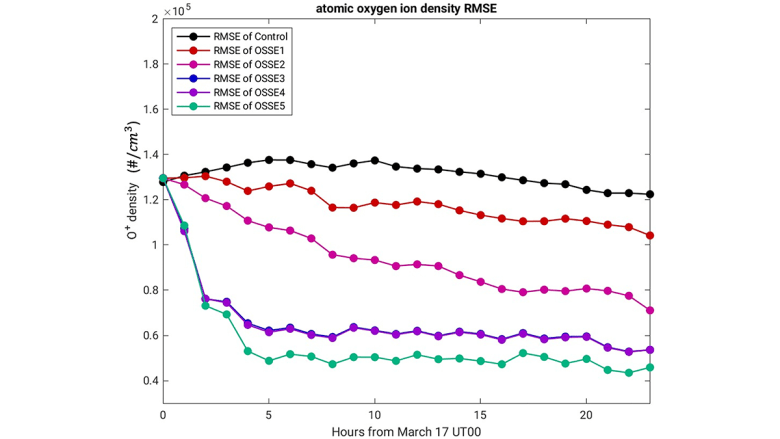
Editors’ Highlights are summaries of recent papers by AGU’s journal editors.
Source: Earth and Space Science
Our society relies heavily on space assets which are susceptible to space weather effects. Space, here focused on the ionosphere-thermosphere (IT), is sparsely sampled, and IT models are therefore important to predict the space environment. NASA’s Global Dynamic Constellation (GDC) will provide necessary observations to understand better how our IT system responds to solar and magnetospheric forcing causing space weather.
Hsu et al. [2024] examine the impact of assimilating GDC observations in a numerical IT model on the accuracy of the prediction. The prediction is most accurate when ionospheric and thermospheric observations are used in the assimilation system. The study emphasizes the need for concurrent ionosphere and thermosphere observations, like GDC will provide, to improve IT prediction of space weather.
Citation: Hsu, C.-T., Matsuo, T., Kershaw, H., Dietrich, N., Smith, M., Anderson, J., et al. (2024). A community Ionosphere-Thermosphere Observing System Simulation Experiment (OSSE) tool: Geospace Dynamics Constellation example. Earth and Space Science, 11, e2024EA003684. https://doi.org/10.1029/2024EA003684
—Astrid Maute, Editor, Earth and Space Science
Text © 2024. The authors. CC BY-NC-ND 3.0Except where otherwise noted, images are subject to copyright. Any reuse without express permission from the copyright owner is prohibited.
Related
